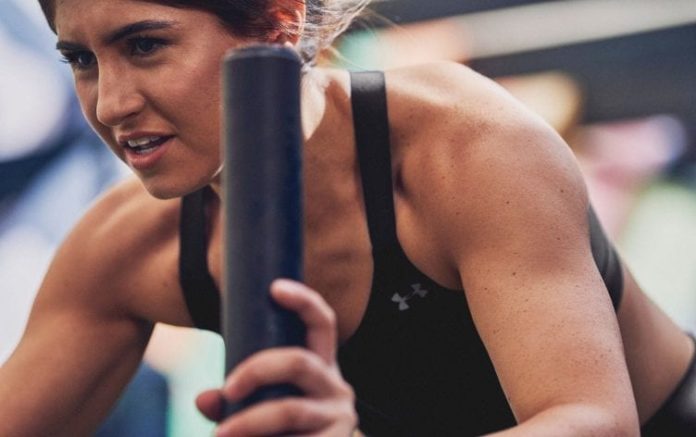
In the quest to maximize performance and efficiency, many athletes undergo physiological tests to assess their fitness. Doing so can be helpful for anyone who wants to monitor their training and mark changes over time. One test popular among elite runners, cyclists and endurance athletes measures VO2 max.
WHAT IS VO2 MAX?
“VO2 max is a measure of the maximal amount of oxygen an individual can utilize during exercise,” says Derek Hansen, a sprint coach and sports consultant who’s trained professional athletes and Olympic medalists. “VO2 max is commonly tested for endurance athletes to determine their aerobic fitness abilities and general preparedness for endurance events such as long-distance running, cycling, rowing or swimming.”
A VO2 max test typically involves running in a lab while wearing a mask that measures oxygen consumption. The measure used to express the result is milliliters of oxygen used in one minute per kilogram of body weight (mL/kg/min).
HOW MUCH DOES IT MATTER FOR ATHLETES?
According to Hansen, a lot of coaches and scientists are adamant about evaluating VO2 max as part of an overall monitoring effort for endurance athletes. It can certainly be useful, but it’s not the only factor that determines an athlete’s potential for success in aerobic-intensive sports and activities.
“A lot of people dwell on the VO2 max number, and you will commonly see it cited when discussing the abilities of some of the more notable endurance athletes in history,” he says. Some of the highest recorded numbers belong to marathon runners, cyclists and cross-country skiers. But that doesn’t mean a high VO2 max in one sport translates to another sport.
“Someone with a great VO2 max may only be able to utilize that score optimally in their specific sport of choice,” he says, noting that Lance Armstrong dominated cycling for years but didn’t have the same success in marathons. Similarly, the world’s best runners can’t just hop on a bike and compete in the Tour de France. “We have to be careful when using VO2 max as an indicator of overall sport supremacy,” adds Hansen, because performance depends on more factors than just oxygen utilization.
HOW TO IMPROVE YOUR VO2 MAX
There’s no one correct way to address your VO2 max, and, like any training program, doing so may involve a series of activities. But because VO2 max tests measure your ability to exert high-intensity effort over a period of time, similarly intense exercises can be helpful in making improvements.
“High-intensity interval training is commonly used to not only improve your oxygen consumption capacity, but also push to higher intensities of sustained output,” says Hansen. He adds that taking an interval-based approach that varies between high and low output allows athletes to push into a higher intensity zone. This creates adaptations for maximal sustained efforts that can carry forward into long-term change. However, you can’t just do HIIT all the time.
“If these interval training sessions are performed several times per week, they must also be supported by some steady-state aerobic efforts over longer durations, but at much lower levels of output,” says Hansen. Examples include a longer, slower-paced run or bicycle ride, but activities can be tailored to your preference. He also suggests complementing both approaches with a general strength-training program to address muscle strength and endurance.
THE BOTTOM LINE
Put all that together, and you might increase your VO2 max, but you’ll also be engaged in regular physical activity, which benefits your long-term health overall — a worthwhile goal, even if it can’t be measured with an oxygen test.







